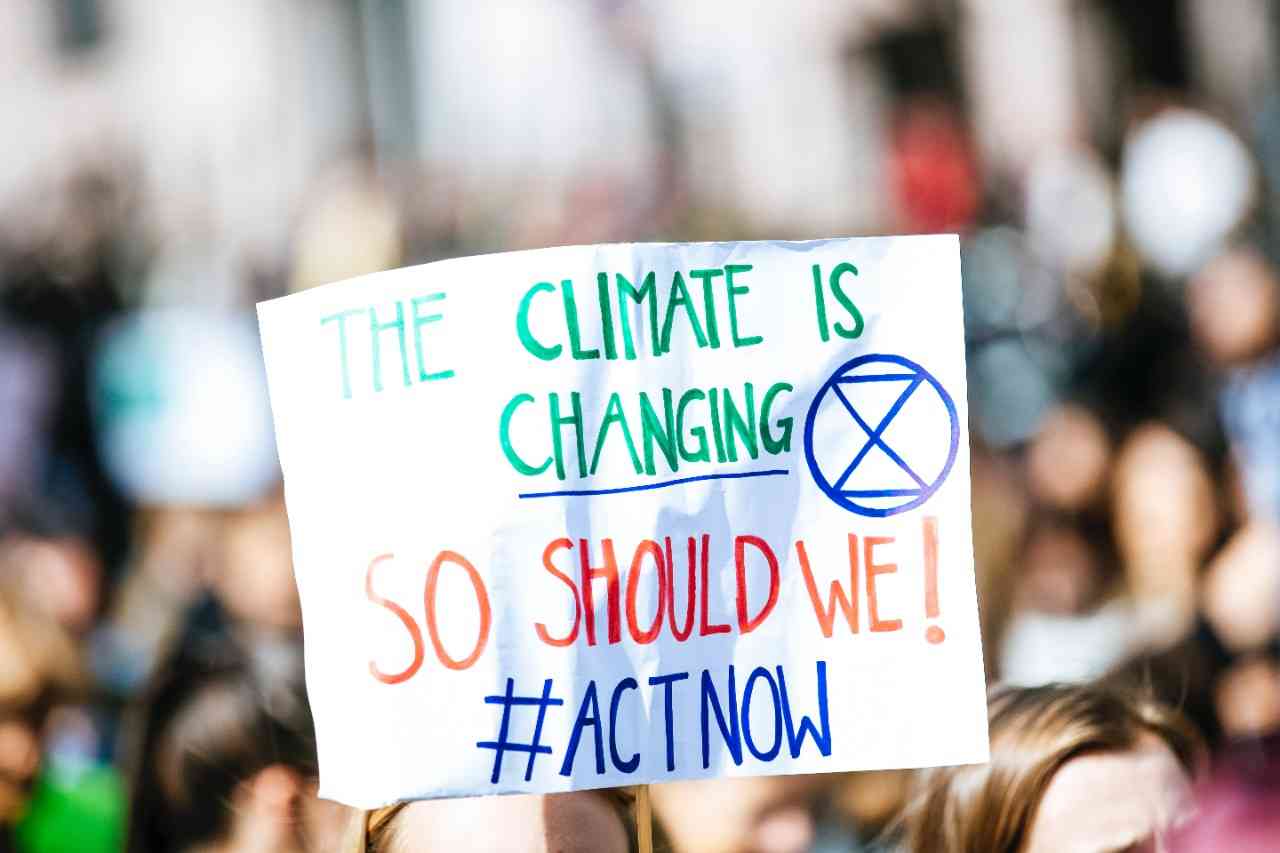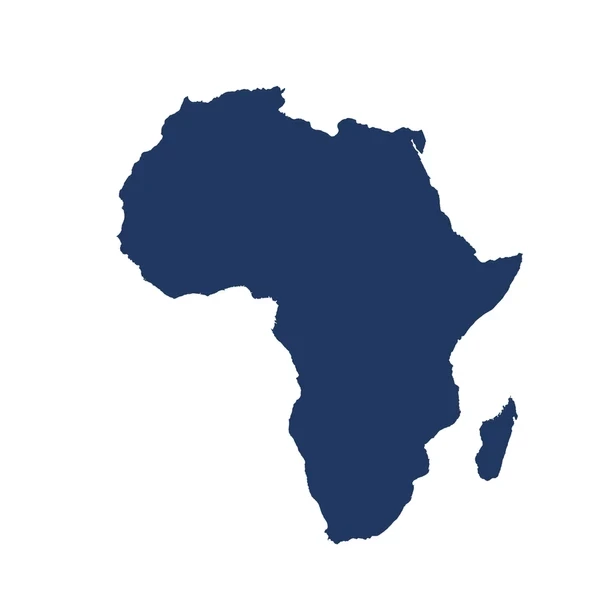
CLIMATE change poses an existential threat to human societies, particularly in low- and middle-income countries that are disproportionately affected yet often lack the resources to mount effective responses.
Among the range of tools available to mitigate and adapt to climate change, social protection systems are increasingly recognised as essential.
These systems, which include mechanisms such as cash transfers, food aid, public works programs and social insurance can build resilience, reduce vulnerability and support long-term adaptive capacity.
Despite being acutely vulnerable to climate-induced shocks such as droughts, cyclones, and erratic rainfall patterns, it has underutilised social protection as a climate resilience strategy.
Climate change exacerbates existing inequalities by hitting the poorest and most vulnerable the hardest.
Droughts lead to crop failure, which in turn causes food insecurity and malnutrition.
Floods destroy homes and infrastructure, displacing families and eroding livelihoods.
In these scenarios, social protection acts as a buffer. It provides a safety net during times of crisis, preventing affected populations from falling deeper into poverty.
- COP26 a washout? Don’t lose hope – here’s why
- Out & about: Bright sheds light on Vic Falls Carnival
- COP26 a washout? Don’t lose hope – here’s why
- Out & about: Bright sheds light on Vic Falls Carnival
Keep Reading
More importantly, well-designed social protection systems do more than just alleviate suffering — they enable proactive adaptation.
For instance, cash transfer programmes can help farmers invest in drought-resistant crops or water-saving irrigation technologies.
Conditional transfers can encourage school attendance and healthcare access, thus building human capital even in the face of climate adversity.
Public works programmes, often part of social protection schemes, can be designed to build climate-resilient infrastructure such as dykes, irrigation canals, and reforestation projects.
These initiatives contribute to both immediate economic relief and long-term resilience to climate shocks.
Despite the proven benefits, countries that are most vulnerable to climate change — such as those in Sub-Saharan Africa, South Asia, and parts of Latin America — are often the least prepared.
They face a range of institutional, financial, and logistical constraints that hinder the development and implementation of comprehensive social protection systems.
Chronic underfunding, limited administrative capacity, and competing priorities create significant barriers.
Many of these countries operate in contexts of political instability or economic fragility, further complicating efforts to scale up social protection.
International aid and donor support, while helpful, are often short-term and fragmented.
As a result, social protection systems in these regions remain piecemeal and reactive rather than anticipatory and transformative.
The country is highly susceptible to climate change impacts, particularly prolonged droughts and erratic rainfall patterns that undermine its largely agrarian economy.
According to the Zimbabwe Vulnerability Assessment Committee, nearly 5,6 million people required food assistance during the 2020 drought.
Yet, social protection mechanisms remain weak, fragmented, and heavily reliant on donor funding.
Despite these challenges, Zimbabwe has significant opportunities to leverage social protection for climate resilience.
The country can begin by embedding climate risk assessments into the design of its social protection policies.
This means prioritising vulnerable regions and communities that are most at risk of climate-related shocks.
Social protection programs must be designed with a dual purpose: providing immediate relief and facilitating long-term adaptation.
For example, expanding the HSCT programme to include climate-affected households and linking it to sustainable livelihoods training could have far-reaching benefits.
The government could also implement public works programs focused on climate-smart agriculture, such as constructing water harvesting systems, rehabilitating degraded land, and building rural infrastructure that withstands extreme weather.
Moreover, Zimbabwe can explore innovative financing mechanisms to support these initiatives.
Green bonds, climate insurance schemes, and tapping into international climate finance — such as the Green Climate Fund — can provide much-needed resources.
Building partnerships with civil society organisations and the private sector can also enhance implementation capacity and accountability.
Digital technology offers another avenue. Mobile money platforms, which are already widely used in Zimbabwe, can be harnessed to deliver social transfers efficiently and transparently, even in remote areas.
Digital data collection can also improve targeting, monitoring, and evaluation of social protection interventions.
For Zimbabwe and similar countries, investing in social protection is not just a matter of social justice, but a strategic imperative in the era of climate change.
It must be seen as a core component of climate policy, rather than a peripheral or humanitarian concern.
Building a climate-resilient social protection system requires a paradigm shift: from reactive responses to anticipatory planning, from donor-driven initiatives to domestically financed programmes, and from fragmented interventions to integrated strategies.
This transformation demands political will, sustained investment and institutional capacity-building.
It also requires a commitment to inclusive governance, where the voices of vulnerable communities are heard in policy design and implementation.
In doing so, Zimbabwe can not only shield its population from the worst effects of climate change but also build a foundation for sustainable and equitable development.
Social protection is a powerful, though underutilised, instrument in the fight against climate change.
While countries like Zimbabwe face daunting challenges, they also possess untapped potential to turn vulnerability into resilience.
By aligning social protection with climate adaptation strategies, Zimbabwe can protect its most vulnerable citizens, preserve livelihoods, and lay the groundwork for a more climate-resilient future.
The time to act is now — before the next drought, flood, or cyclone turns today’s vulnerabilities into tomorrow’s catastrophes.











